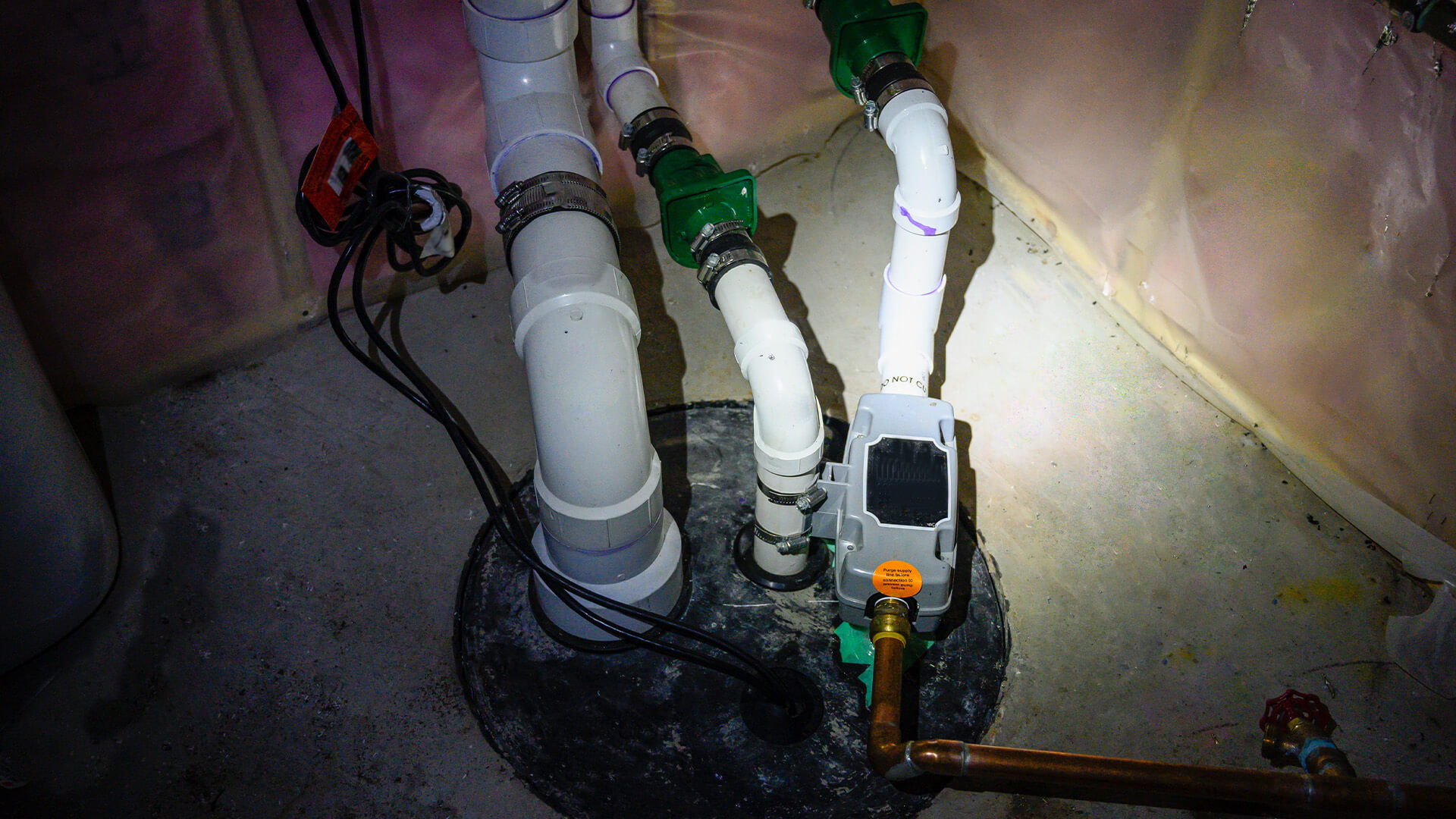A sump pump is the most efficient dewatering management plan for minimizing water damage and flooding in your home. On average, a sump pump can serve you for about seven to 10 years. Since the equipment only runs when needed, most people fail to notice when it’s damaged or malfunctioned until it stops working. Before you wake up to a flooded basement, here is how to tell it’s time to replace your sump pump.
The Sump Pump Is Old
The easiest way to tell if it’s time for a sump pump replacement is to check how long it has been operational. Even if you initially installed a quality product, you must replace your sump pump every seven to 10 years.
Its life expectancy largely depends on how often you use it, its cycle runtime, and the amount of water it seeps per cycle. If your area experiences a lot of precipitation, it’s possible your sump pump may be overworking to keep your basement dry. This may shorten its lifespan even further.
If you have forgotten the age of your sump pump, it would be best to replace it or at least get a licensed plumber to examine and clean it, especially during early fall or late winter.
Weird Noises and Vibrations
When your sump pump runs, it often produces a low hum sound. If you hear unusual or loud noises, such as rattling or grinding sounds, it may be worn out or have damaged parts. The more these damaged parts vibrate, the more problems and damage they cause to your unit.
For instance, your basement sump pump may start to suck up debris from the water, bending the impeller. The motor may also fail to function well because of a failed bearing on a jammed impeller and contribute to the noise.
If the pump has been producing weird noises from day one, it may have been poorly installed the first time. Therefore, you need to bring in a plumbing professional to inspect it and advise on the best replacement.
Rare Usage
Like any other appliance or system, you need to periodically use your sump pump to keep its shelf life intact. If you leave it unused for a long time, it may fail to start up when you need it or experience numerous repair issues, calling for a replacement.
It’s Running Constantly
Your sump pump shouldn’t run constantly; it should automatically stop once it drains all the excess water from the pit. If that’s not the case, especially in sunny weather, you will most likely have to replace it to prevent water damage in your home.
Several factors may cause your sump pump to run nonstop, including a problem with the float arm mechanism or switch, a broken or missing valve, and constant rainfall in the area. You may also not have the right sump pump size to meet the needs of your home, or it has shifted into the basin, leading to unresponsive float.
Showing Visible Rust or Damage
As time goes by, most sump pumps start to turn rusty, usually due to corroded battery terminals and bacterial buildup. Even though the issue may pose less risk to your health, the rust and bacteria accumulation hinder smooth water flow in your sump pump’s drainage system. There is no better way to fix this than to replace the sump pump.
Poor Installation
Unless you possess all the required training and experience, never take the sump pump installation as a DIY task. It is always best to engage the services of a licensed and experienced contractor. While some don’t deliver an excellent job, you can always find reputable ones if you do proper research.
If you moved to the house and found the sump pump already installed, it’s best to get your own professional to examine it to see if it’s of the right size and functions correctly. If the plumbing expert detects a problem during the inspection, replace the pump to avoid a crawl space mold problem.
The Unit Repeatedly Cycles On and Off
In most cases, sump pumps that cycle on and off repeatedly often have too small basins, incapable of handling the water volume in your basement. If you regularly overwork the equipment, you risk burning out its motor, leading to more problems.
If that’s the case with your pump, invest in a deeper basin to enable the unit to operate well. Installing a sump pump basin of about 20 to 30 gallons will serve you perfectly fine and help you build a flood-resistant home. While you may require a wider hole in the basement floor to install the large sump pump basin, you will save yourself many repair expenses.
Clogged Pump
While sucking water, some sump pumps pull debris along. As time goes by, they build up in the pump’s hose, clogging and damaging the impeller fan. As a result, the debris buildup hinders the water from passing through, making it return to the pit and eventually flooding your basement. Once your sump pump is clogged, the way to handle it is to get a replacement.
It Has Ceased Working Altogether
If you check the sump basin or pit and find water, it’s possible the sump pump has stopped working as it should. Motor failure is the probable cause and can result from clogged drain horses and wiring problems. Other causes include a broken float mechanism, tripped fuse, jammed impeller, loose electrical connection, and a stuck float valve.
Immediately you notice these, contact a plumber to see if you can salvage the pump or replace the motor. If you experience frequent power outages, check your sump pump whenever it occurs, or get an auxiliary pump installed.
No one wants to have a soggy basement, and having a functional sump pump is the best way to avoid that. Don’t wait until your house is flooded and molded to take action.

































